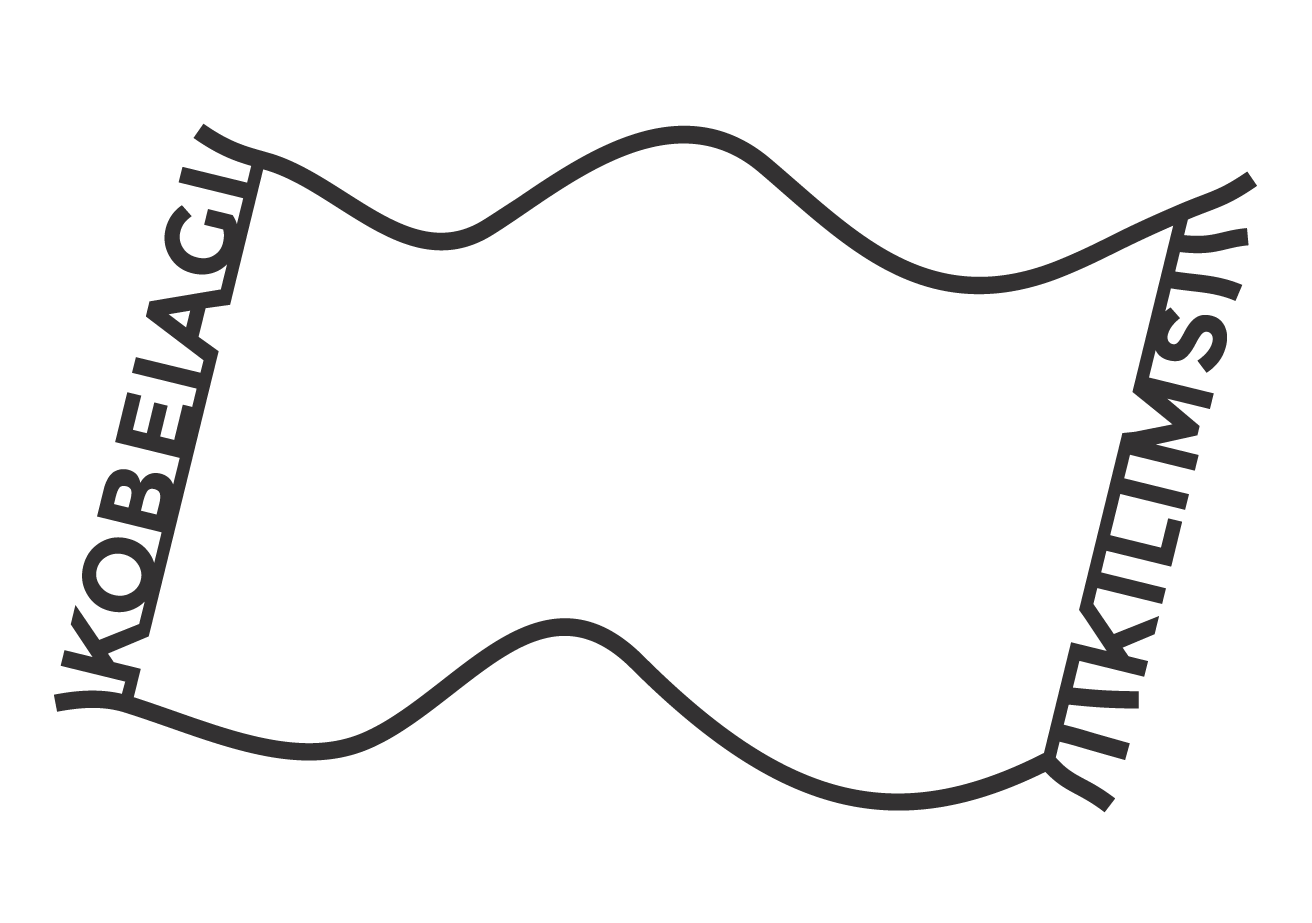About us
Kobeiagi Kilims was founded by Ivana Blaž and Nina Mršnik, an architect from Bosnia and a designer and illustrator from Slovenia.
AFTER LIVING AND STUDYING all around the world we are back at home in the Balkans with the shared love for beautifully made objects.
We want to open a new chapter in the revival of the Bosnian kilim’s popularity because we believe that it's high quality, combined with a freshened and unique design, enables the kilim to rise above the huge supply of cheap carpets of mass production.
The idea of starting the ‘kilim revival’ project had been on our minds for quite some time before it ripened; but after our visit to Bosnia and Herzegovina, where we saw that almost nobody continues to practice this traditional, centuries-old craft, we decided to step into action. On that same occasion we made the acquaintance of Mrs Lejla, the driving force behind the small community of women in Bosnia who to this day continue the production of kilims. We were completely fascinated by the weavers’ skills; thus we immediately found common ground and started collaborating.
What is a kilim?
A Kilim is a traditional hand-woven wool fabric which can be used as a rug, a blanket, or to cover a bed or sofa, and can also be used to decorate walls and windows.
(IF YOU HAPPEN TO HAVE A HORSE or a mule, go ahead and use it as a saddle!) It will keep you warm, even if you’re only sitting on it, or leaning against it; when you place it on the floor or a wall, it works as a natural insulation.
HOW IS IT MADE?
Our kilims are made by the skilled weavers of Lejla’s workshop, which is located in a small town in central Bosnia. We source the finest wool from the long-fleeced sheep locally.
The wool is spun and plied into threads and finally dyed before our weavers can begin their work. Every part of our kilim weaving process takes place in a 20km (12miles) radius, meaning they are truly a local product.
Every kilim is unique and it is the result of concentrated, patient handicraft; thus a kilim of 100 cm x 70 cm takes 7 days to realize, while the largest kilim with the dimensions of 200 cm x 300 cm takes a good six weeks!
What is a Hand knotted rug?
The creation of hand knotted rugs is a labor intensive process which requires expertise. It involves a unique weaving technique in which thousands of knots are inserted and individually tied to a base or rug foundation.
These knots make up the pile of the rug, and the weaving process is typically done from the bottom going up.
Hand knotted rugs are the cream of the rug world. These rugs are produced using ancient techniques, have unlimited design and colour variations and may have investment value in years to come.
Hand knotted rugs are made on a vertical frame called a hand knotting loom. Columns of threads are stretched from the top of the loom. These are called the warp threads and are the foundation of the rug. They also form the fringe ends of the rug and are very important to its longevity.
The weaver ties individual knots in the specified color to the warp threads across the entire width of the loom. Every row or few rows of knots the weaver inserts a “weft”, a flat woven thread which holds the knots below in place. This process continues until the entire rug has been produced.
COLOPHON
© Kobeiagi Kilims
Photography: Ada Hamza
Logo: Mina Arko, Gaja Mežnarić Osole
Website: Mainly Afternoon





